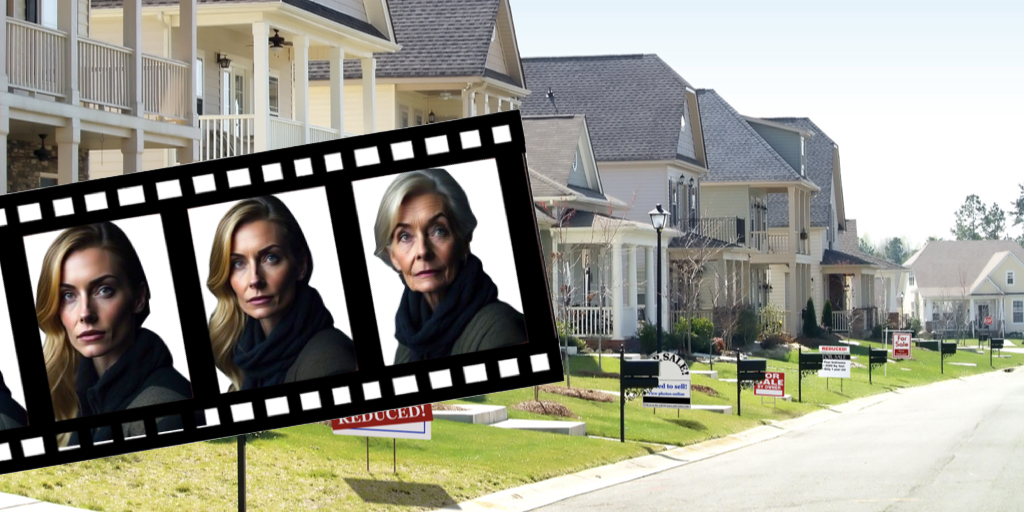My mother died from congestive heart failure in January 2014, as discussed in this post on awakening to grief. That was when her organs finally shut down and the medical establishment was able to “pronounce” death.
In reality, after unsuccessful heart valve surgery in early December, it was only a matter of time. I’d intuited the end was near months before, since I believed she was too weak even to withstand the surgery. But with a lack of straightforward information from the doctors, other family members interpolated a sliver of hope and were determined to fight to the bitter end. And bitter it was.
The Role of Comfort Care
Extreme interventions at the end of life may be authorized from love, but for the person whose life is concluding, these invasive procedures are likely to prolong suffering.
In fact, painkillers can actually shorten the life they seek to extend, by causing breathing complications, drug interactions, and more serious side effects, such as stroke.
Former First Lady Barbara Bush chose another route, and in so doing, shone a valuable light on the role of comfort care at the end of life. Like my mother, Mrs. Bush had had congestive heart failure for many years. But rather than being placed on the “conveyor belt” of costly medical interventions aimed at prolonging life, she made the courageous decision not to seek further treatment.
This is the purpose of hospice: to ease pain and provide attentive, loving support as someone prepares to depart earthly life. It takes courage to choose this route; to say, “I have lived a good life, and am at peace with what comes next.”
Barbara Bush’s Parting Gift
 Just two days after deciding not to pursue further medical treatment, Mrs. Bush passed away, surrounded by her loved ones. The same might have been true for my mom; instead, she endured seven weeks of machine-supported existence, dying in the sterile, institutional healthcare environment so pervasive in modern America.
Just two days after deciding not to pursue further medical treatment, Mrs. Bush passed away, surrounded by her loved ones. The same might have been true for my mom; instead, she endured seven weeks of machine-supported existence, dying in the sterile, institutional healthcare environment so pervasive in modern America.
We’ve touched upon alternative endings a few times, such as this story about one LO’s mother-in-law’s decision to choose hospice care, and how you might broach the topic with HECM clients. Resources such as The Conversation and the National Institute on Aging’s End of Life guide are also useful tools.
“We’ve lost the rich wisdom of normal human dying,” writes British palliative care specialist and author Dr. Kathryn Mannix. Death is natural, but the systemic breakdowns that often lead up to it can be wrenching. As someone long in the public eye, Barbara Bush gifted us one final time with her choice to acknowledge her time was near, and to pass peacefully.
While death discussions are rarely easy, and not necessarily in your purview as a reverse mortgage professional, it’s important to be cognizant of the options available, and the choices others make that could prove relevant to your clients’ family members.
Since heart disease is the number one cause of death for both men and women in the U.S., it’s helpful to be aware of these unusual warning signs many people might overlook:
- Creased earlobes: More than 40 studies have shown a correlation between a diagonal crease on the earlobe and an increased risk of atherosclerosis (hardening of the arteries).
- Fatty bumps on the elbows, knees, buttocks or eyelids: These benign bumps can signify high cholesterol.
- Clubbed fingernails: Fingernails that become thicker and wider indicate oxygenated blood isn’t reaching the fingers properly. It’s one of the oldest known medical symptoms, sometimes referred to as “Hippocratic fingers“, named for Hippocrates, the father of medicine.
- Iris halo: A ring around the iris of the eye is also a sign of fat deposits. About 70 percent of people over age 60 have it.
- Rotten gums and loose teeth: Oral health is a predictor of the state of overall physical health. Dental decay allows bacteria to enter the bloodstream and create inflammation, which can lead to cardiovascular disease and a host of other illnesses.
- Blue lips: Unless you’ve been swimming in frigid waters, blue lips are not normal, and can signify heart problems due to a lack of oxygenated blood in the tissues.
Of course, each of these symptoms can also be benign. The best course of action is for seniors (and people of every other life stage) to know their body, and seek the services of a competent health professional when they notice a change. The more information we have about health and well being, the better prepared we will be to make potentially life-altering decisions when the time comes.










No comment yet, add your voice below!